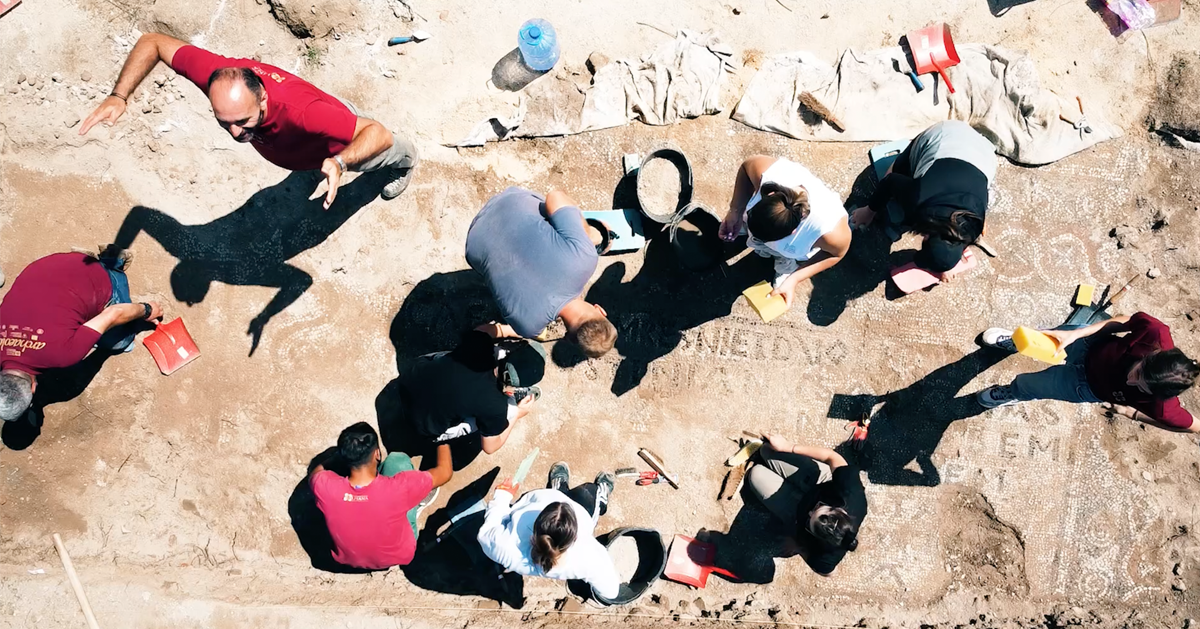An inscription in stone – a new page of history.
The extraordinary discovery was made in the Archaeological Park of Ulpiana by the European Archaeological Mission in Kosovo: from Ulpiana to Iustiniana Secunda, funded by the European Union. The professor leading the team of archaeologists, Christophe Goddard, says this is more than just an inscription, as it sheds new light on history.
“We had an inscription that is just on my left that mentions and refers to this decision of Justinian to build a new city because the previous one, Ulpiana, was so destroyed after the earthquake of 518 that he decided to rebuild a new one and give it and offer it his name, that was an honor, and call it Iustiniana Secunda. “
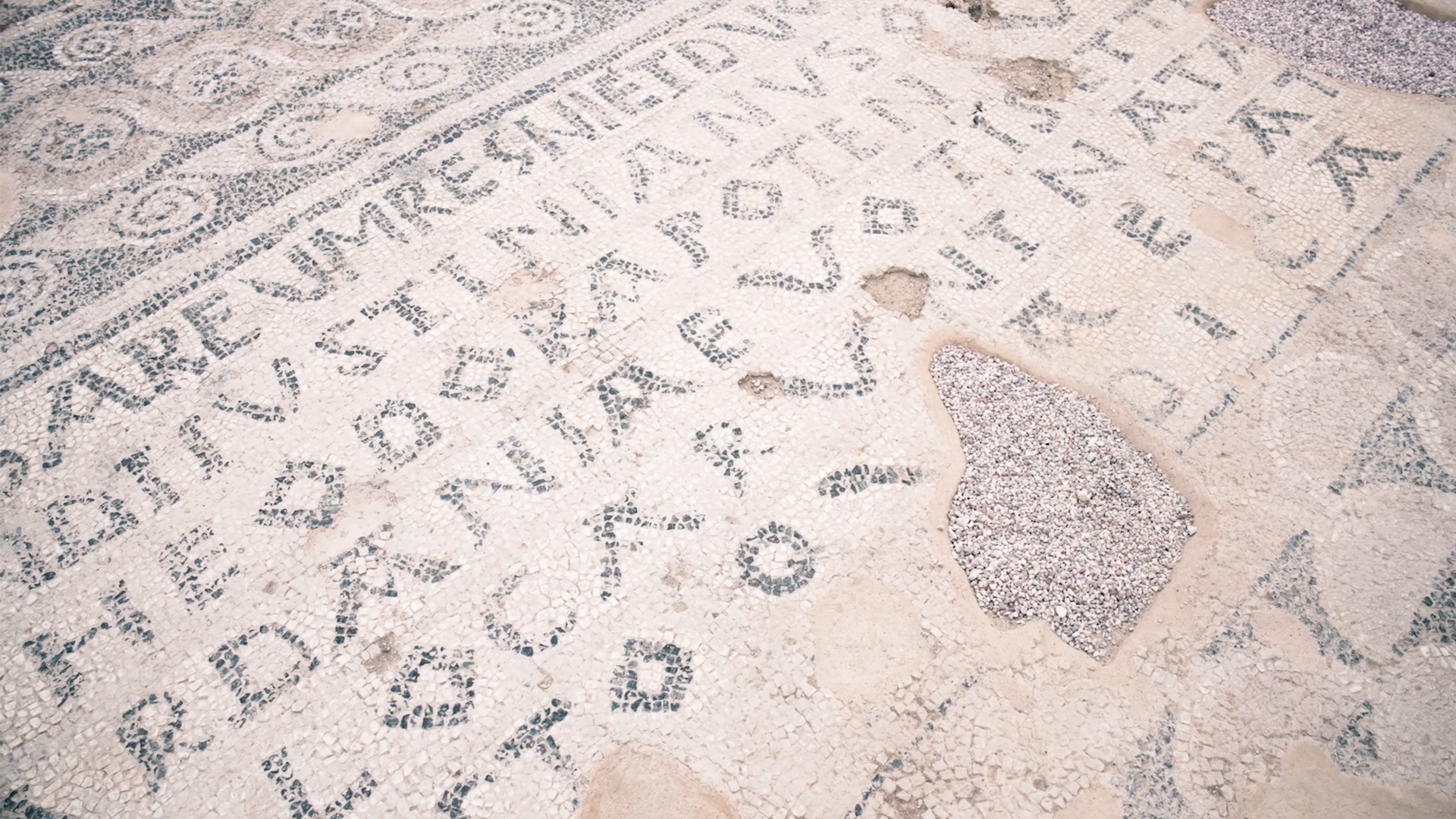
“And this one already brought a lot of attention to this site because it was, till then, the only dedication by Justinian we have, not only here in Kosovo, but in general in all the former Roman Empire. And in Latin, I should mention, because we’ve got a few in Greek. We have a lot of works of buildings done on behalf of Justinian or in homage to him, but this was done by him. So that was already very, very exceptional,” said Goddard.
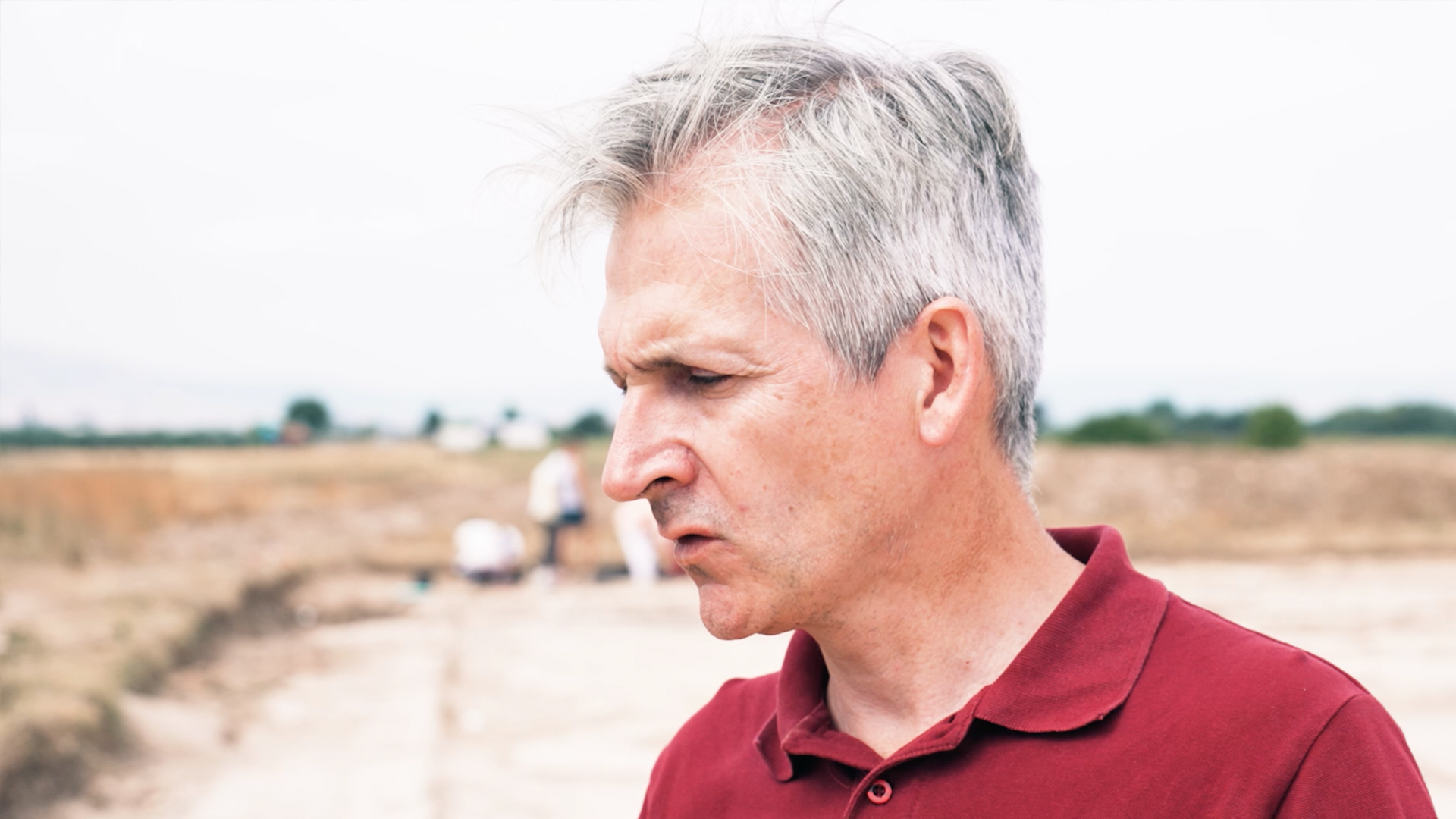
The second inscription, dedicated to Emperor Justinian and Empress Theodora, marks the construction of the episcopal basilica. Together with the first inscription, which announced the founding of Iustiniana Secunda as the City of Dardania, these are the only known dedications by Justinian, the emperor who came from this region.
“It’s written that this church, the church of the city of Iustiniana Secunda, was built by Justinian and Theodora on the 18th year of his reign. And the date is repeated three times. That helps us to narrow down this date because at the end of the text it’s written the ninth fiscal year. It’s a cycle of 15 years. It’s another way of counting years. And this cycle starts on the 1st of September. So we know that this church was built between the 1st of September and the 31st of December 545. So that is very rare to be able to reduce this chronological time span to just a few months,” he said.
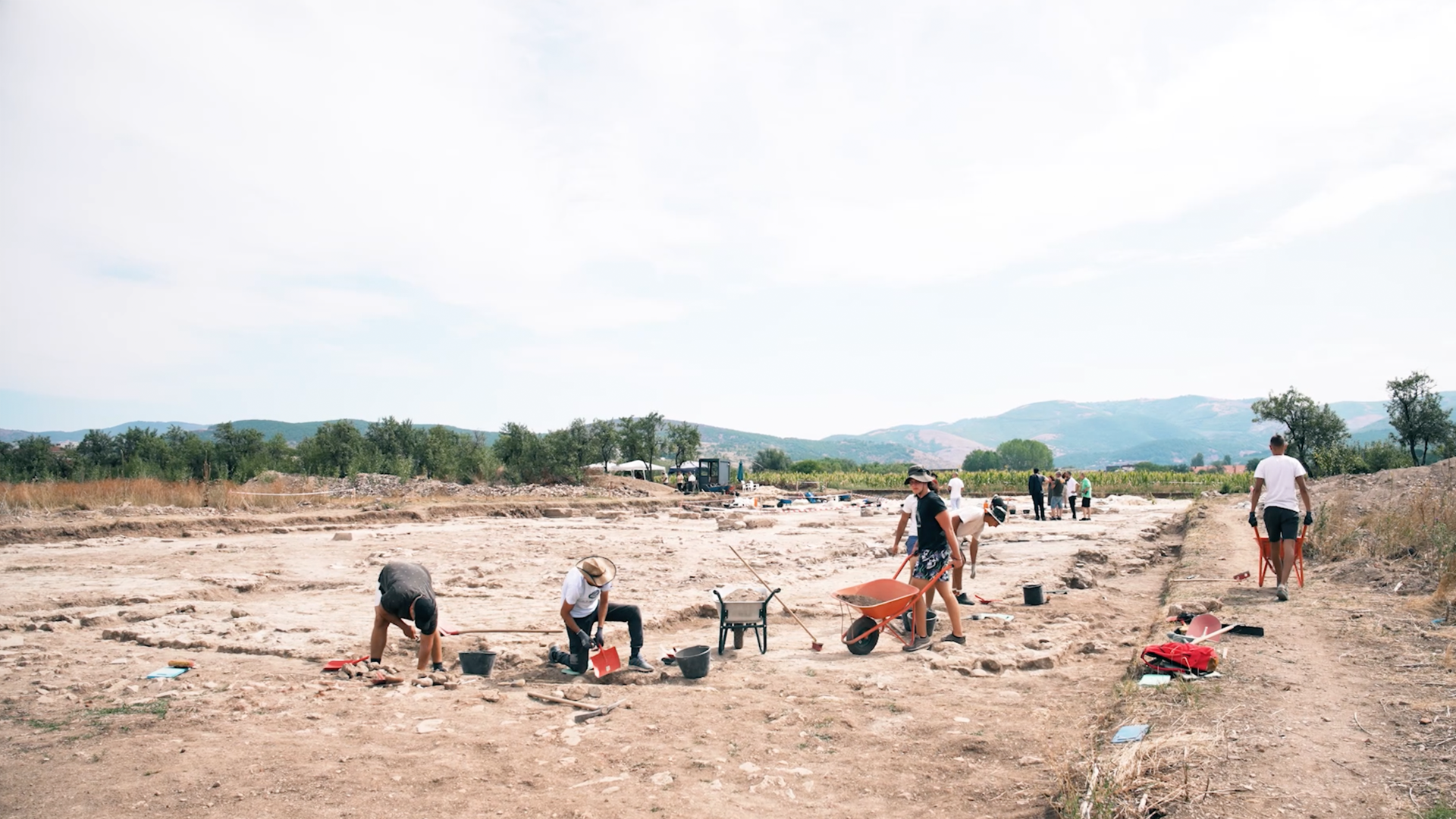
Since 2017, a French-Kosovar team has been working here from the École Normale Supérieure in Paris, the University of Pristina, the Ministry of Culture, and the Archaeological Institute of Kosovo. Numerous partners have contributed to the discovery of Iustiniana Secunda, while since 2019, and especially from 2022, the European Union has provided decisive support through a research grant, enabling the team to use underground-tracing radar, to work with a larger group of archaeologists, and to strengthen international collaborations. Thanks to this, excavations and the study of the basilica have been carried out, opening a new page in the history of Ulpiana.
“By the end of September, as we promised, this church will be completely uncovered and will have a precise idea of its shape and its organization. We can already start to see the House of the Bishop that is on my left, in the north, that is 40 meters by 40 meters. We could see that, thanks to our first contract with the European Union, when we did geophysics, so we went to see underground without excavating,” professor Goddard explains, about the excavations that step by step aim to reveal the entire ancient city.
For the student who, as part of this project, is doing her specialization in France, Tringa Bërbatovci, equipment such as the geophysical radar secured with EU funds has greatly facilitated the archaeologists’ work.
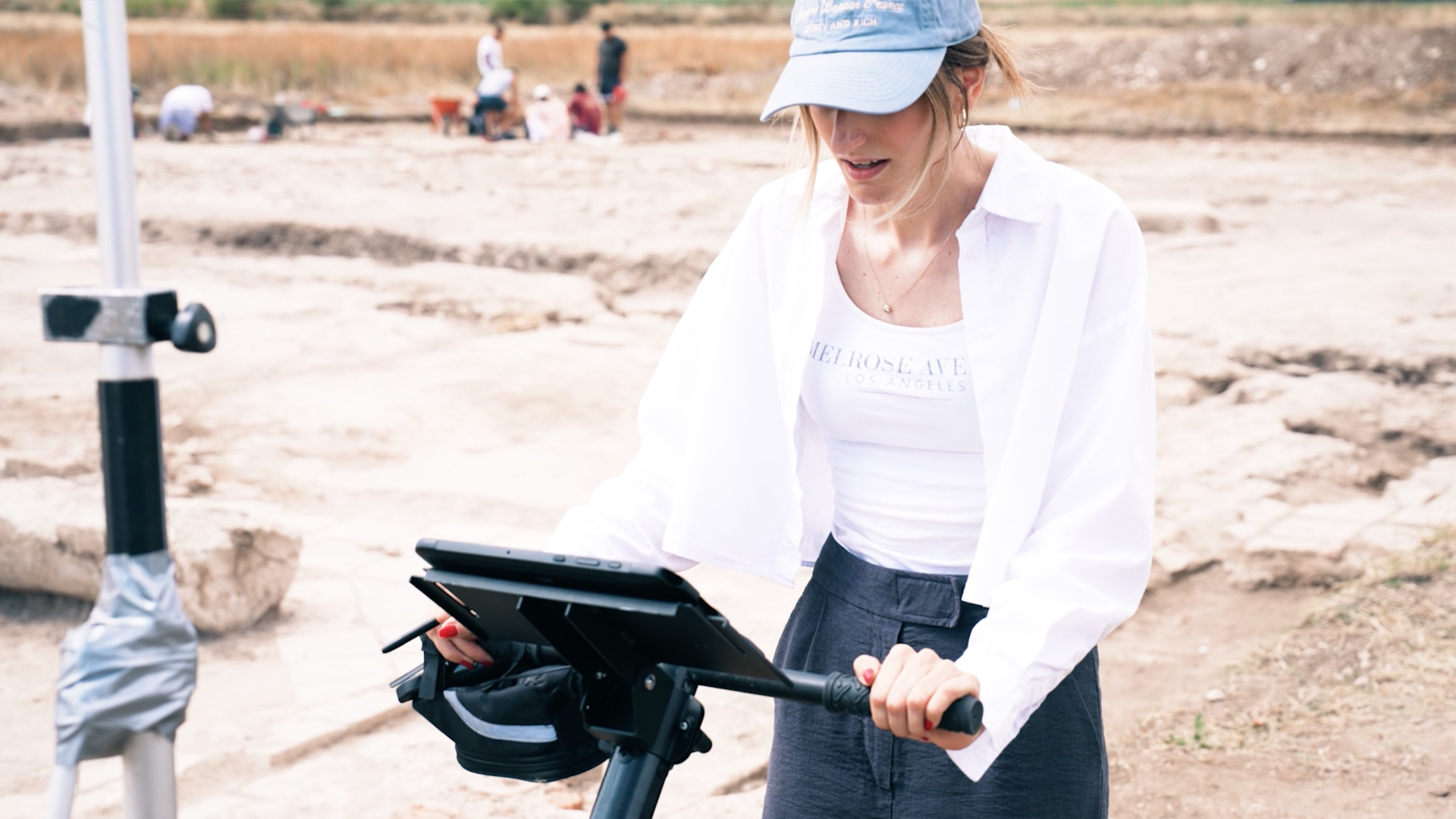
“Currently, it is the only one we possess in Kosovo, there isn’t another and there hasn’t been one before, it is the latest and most advanced technology. Thanks to the electromagnetic waves that it uses, it sends rays into the ground and gives us signals, alerting us to the underground structures that are there.”
In this part, coins were also found, linked to the time when the church was built, in the period 539–545.
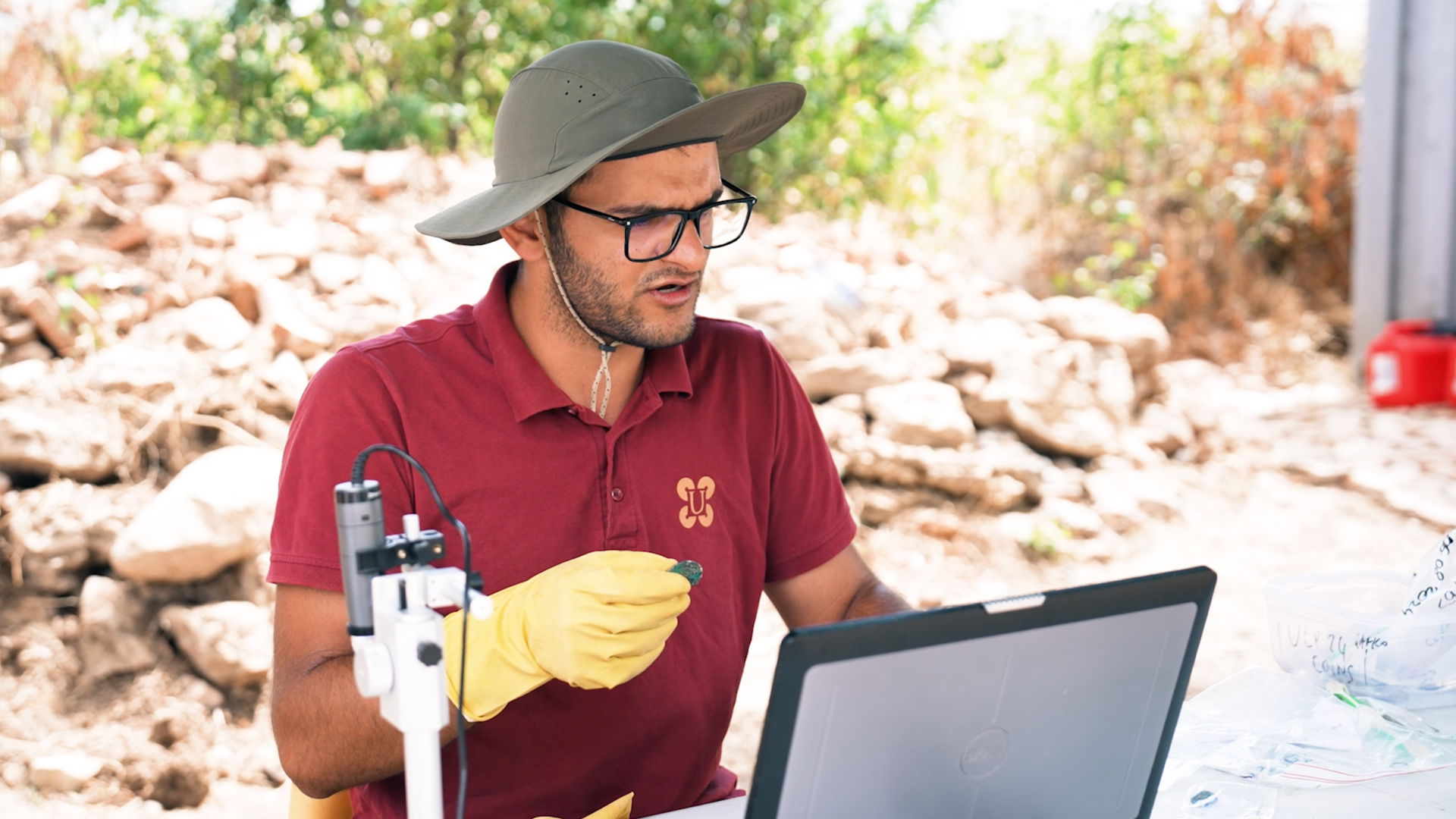
“The other coin is one that was found three days ago. It is a follis coin, minted in the time of Emperor Justinian, which I managed to detect between the years 530–545. The front part here, however, due to heavy corrosion, has not been cleaned well; but on the front part here, we can see the portrait of Justinian,” student Nuran Gjumshiti explains.
The ancient city of Ulpiana offers a direct connection between ancient Dardania, the Byzantine Empire, and Kosovo, highlighting the shared European heritage.
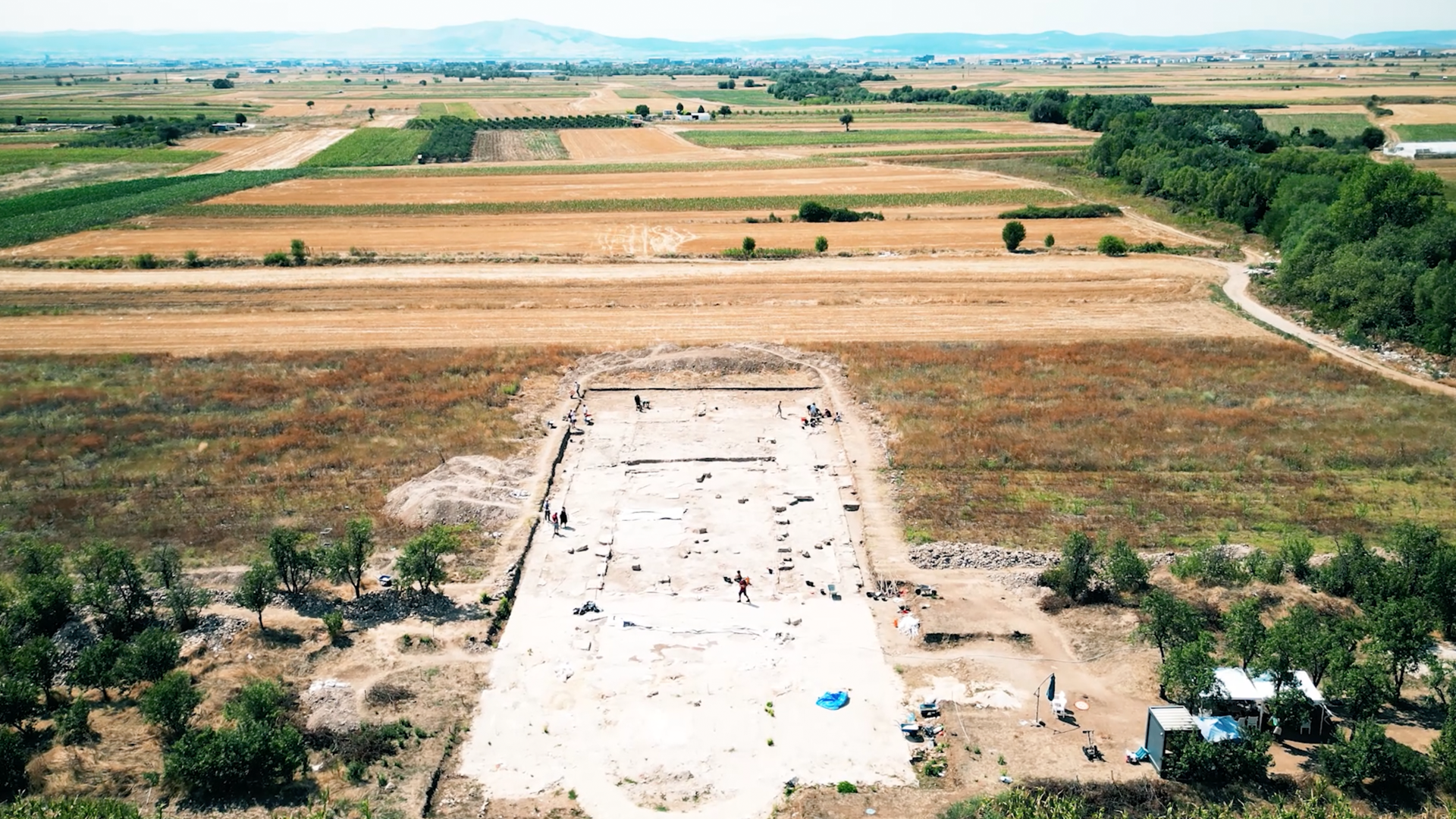
“It shows that European citizens, we all share, all of us share this common past. Whatever our present identities are, we are Europeans. That reminds us of that and I think that is the real lesson about this thing. And what it tells us, too is when everyone cooperates with everyone, it works. When we don’t, it doesn’t.
And today, the European Union expresses its satisfaction in supporting Kosovo in protecting and studying its cultural heritage./Katror.info
Përgatiti:




